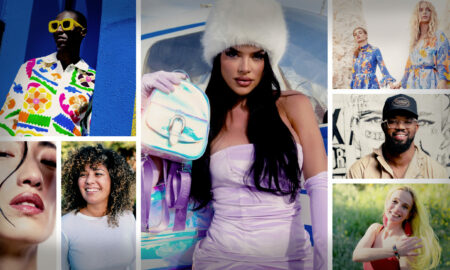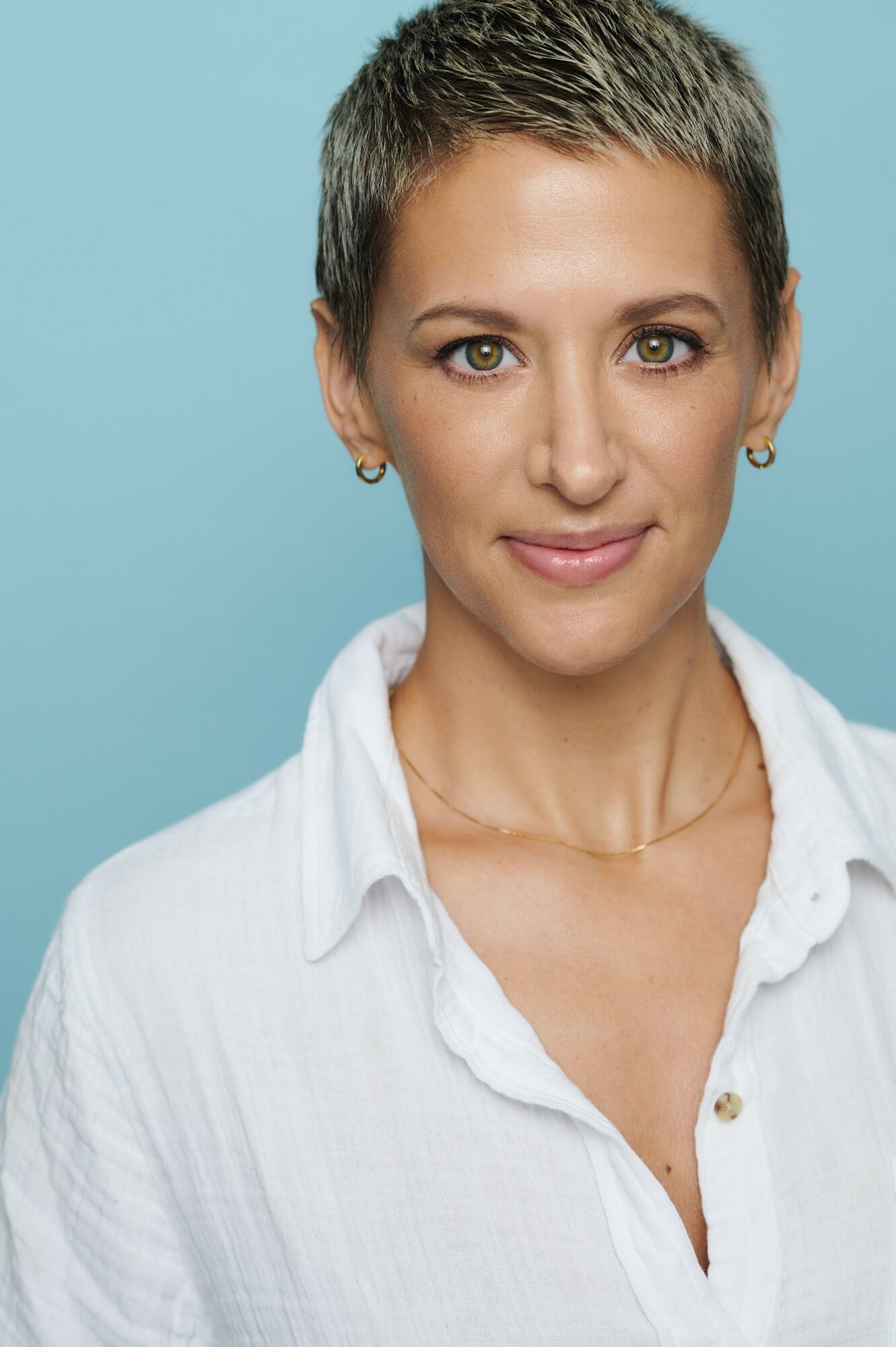

Today we’d like to introduce you to Sara Maraffino.
Hi Sara, thanks for sharing your story with us. To start, maybe you can tell our readers some of your backstory.
I grew up in the lower Hudson Valley, an area known for its deep artistic roots and the kind of beauty that seems to hum with history. Just up the road was the well-known Penguin Rep Theatre, and nearby the Stony Point Center — a retreat for artists and thinkers. At the top of my street stood the remains of an old stone foundation dating back to the late 1700s, which once housed a small theater for opera singers and musicians who came up from the city. The area even birthed the Hudson River School, that luminous 19th-century art movement. With its layered history and touch of mystery — it’s something of a paranormal hotbed — the Valley always felt alive with stories waiting to be told.
Growing up in that atmosphere made me a natural storyteller. It taught me to be curious, to play, to believe in make-believe. Storytelling was how I stirred my own soul, and it became a way to reach others too. From a very young age, I knew I wanted to make people feel the way my heroes made me feel when I watched their films. There’s something deeply healing in art and theatre — that shared breath between performer and audience, the possibility of being seen and changed, even for a moment.
I began in community theatre and school productions, and at seventeen, I decided I wasn’t going to wait for permission anymore. I opened the Manhattan Yellow Pages, found the section for talent agencies, and started calling every name on the list. My logic was simple: if an agent wanted to work with me, my mother couldn’t say no to my dream. Eventually, a manager — maybe impressed by my persistence — took me on. My very first job ended up being a commercial directed by the legendary John Waters. From there came work alongside incredible artists like Lynn Redgrave, and roles in ground breaking Off-Broadway and Fringe productions.
Eventually, I moved to Los Angeles to focus on film and television, but in a funny twist, the move only led me deeper into theatre. I’ve been lucky enough to play a wide range of roles, from Shakespeare to original works like RIGHT, written by Daryl Vineyard — now running at the Whitefire Theatre — a play about vaccines, polarization, and what happens when we stop wanting to understand and only want to be right.
For me, art is protest — and no medium is as immediate or as powerful as live theatre. To be in a show that speaks to the world as it is right now, and to offer an audience both a mirror and a moment of reflection, is what being an actor is all about.
I’m sure it wasn’t obstacle-free, but would you say the journey has been fairly smooth so far?
Smooth? Where’s the fun in that? No, it hasn’t been smooth — but not in the way people usually mean. My journey has been less about obstacles and more about rediscovery: finding my voice, reclaiming my sense of self, and learning to trust my own point of view through the work.
The bumps in the road have turned out to be blessings in disguise. They’ve shown me where I was out of alignment with who I truly am. Much like that fearless seventeen-year-old who once flipped open the Manhattan Yellow Pages and cold-called agents until someone said yes, I’ve learned that every time I listen to my gut — when I follow that inner voice and take a risk — something opens up. The right projects appear, the right collaborators show up, and there’s a kind of magic in the air.
On the other hand, whenever I’ve tried to mold myself into what I thought others wanted, or sought permission to take up space, things would stall. The work would feel heavy, disconnected. Those moments taught me that authenticity is the compass — that being out of alignment is simply a signpost pointing me back home to myself.
Now, I use that awareness as a North Star. When things stop flowing, I ask: “Where am I not being true?” Because when you are in alignment, when you’re rooted in your own voice, the universe really does conspire in your favor. That’s when the road — no matter how winding — starts to feel smooth again.
Thanks for sharing that. So, maybe next you can tell us a bit more about your work?
I am drawn to stories that live in the gray areas — the places where emotion and contradiction meet. My work often explores what’s unspoken: the quiet, inner pulse of a scene, the tension that lives between words. I’m known for performances that are deeply felt yet never forced — a kind of stillness that carries its own electricity.
I approach each role with both emotional intuition and precision — while leaving space for the unexpected, for the moment itself to take the lead. I’m most fulfilled when an audience feels something they can’t quite name, when the work lingers in their body long after the curtain falls. For me, that’s the real alchemy — when the performance becomes a shared, almost subconscious experience.
What sets me apart, I think, is the balance between discipline and surrender. I come from both the artistic and the holistic wellness worlds, and that dual lens shapes my process. I see acting as an act of embodiment — of deep listening, of empathy, of healing through story. My work lives at the intersection of technical focus with intuitive openness, and it’s in that balance — paying attention while staying present — where I feel most alive as an artist.
What were you like growing up?
I was your typical middle child with an old soul and an early fascination with camp culture. I grew up on old Hollywood, I knew who Joan Crawford was before I knew how to write in cursive; I was quoting Hairspray and Cry Baby quotes on the playground. Tim Curry was my first crush. In fact, I once got in trouble at school in second grade for dressing up as Elvira, Mistress of the Dark. I was obsessed with British comedies and the royal family, and I played Barbies until I was thirteen — though my best friend and I insisted we were staging semi scripted historical dramas set to the backdrop of the
Reign of Terror during the French
Revolution.
Comedy and performance were always around me: my parents were huge fans of stand-up and sketch, which left a lasting impression. That foundation helped me later when I trained at the Groundlings School, giving me both confidence and the ability to play, improvise, and take risks. At the same time, I was deeply sensitive, reflective, and quiet — a mix of boldness and introspection that has followed me into my work as an actor.
Contact Info:
- Website: https://m.imdb.com/name/nm1981931?ref_=ext_shr_lnk
- Instagram: https://www.instagram.com/sara_maraffino?igsh=ZjZpaDVldWUyNXM2&utm_source=qr
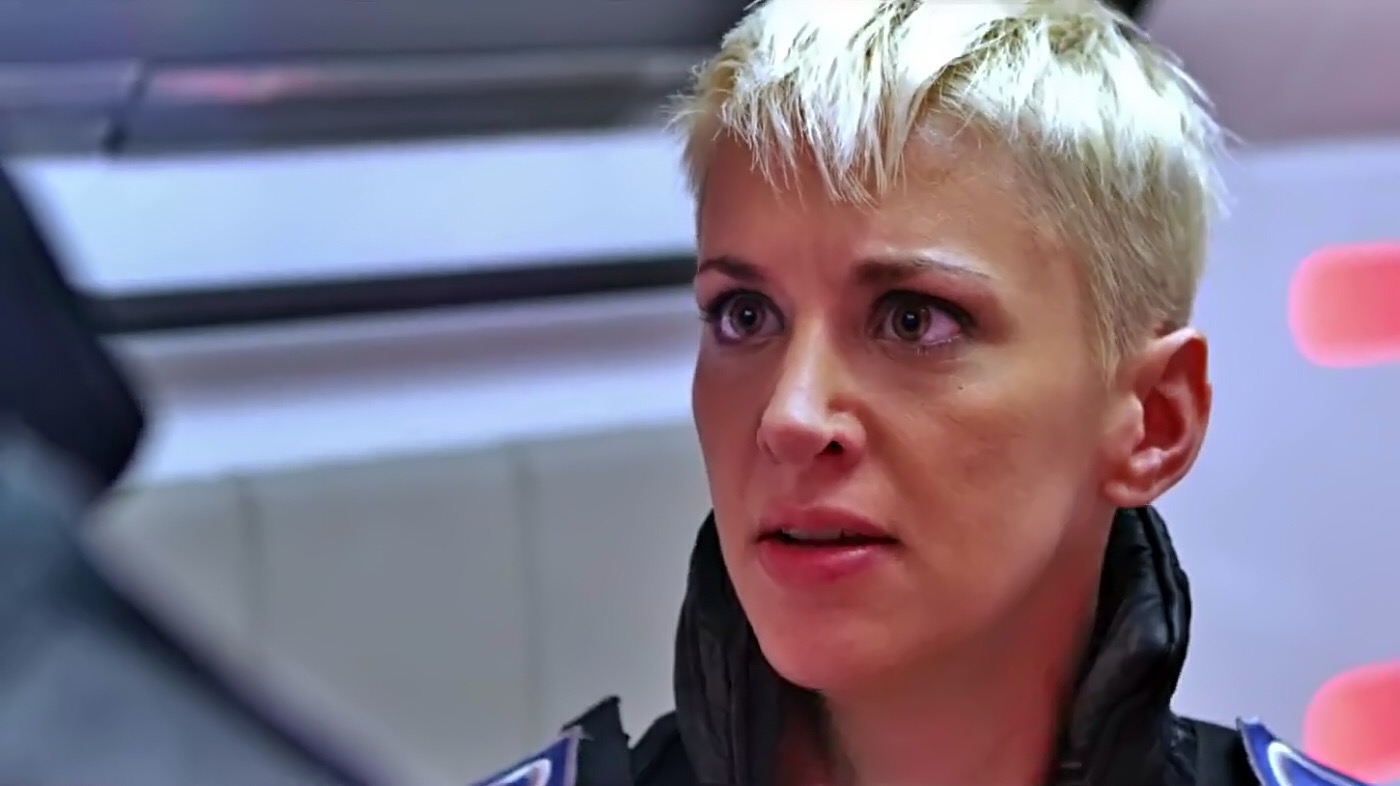
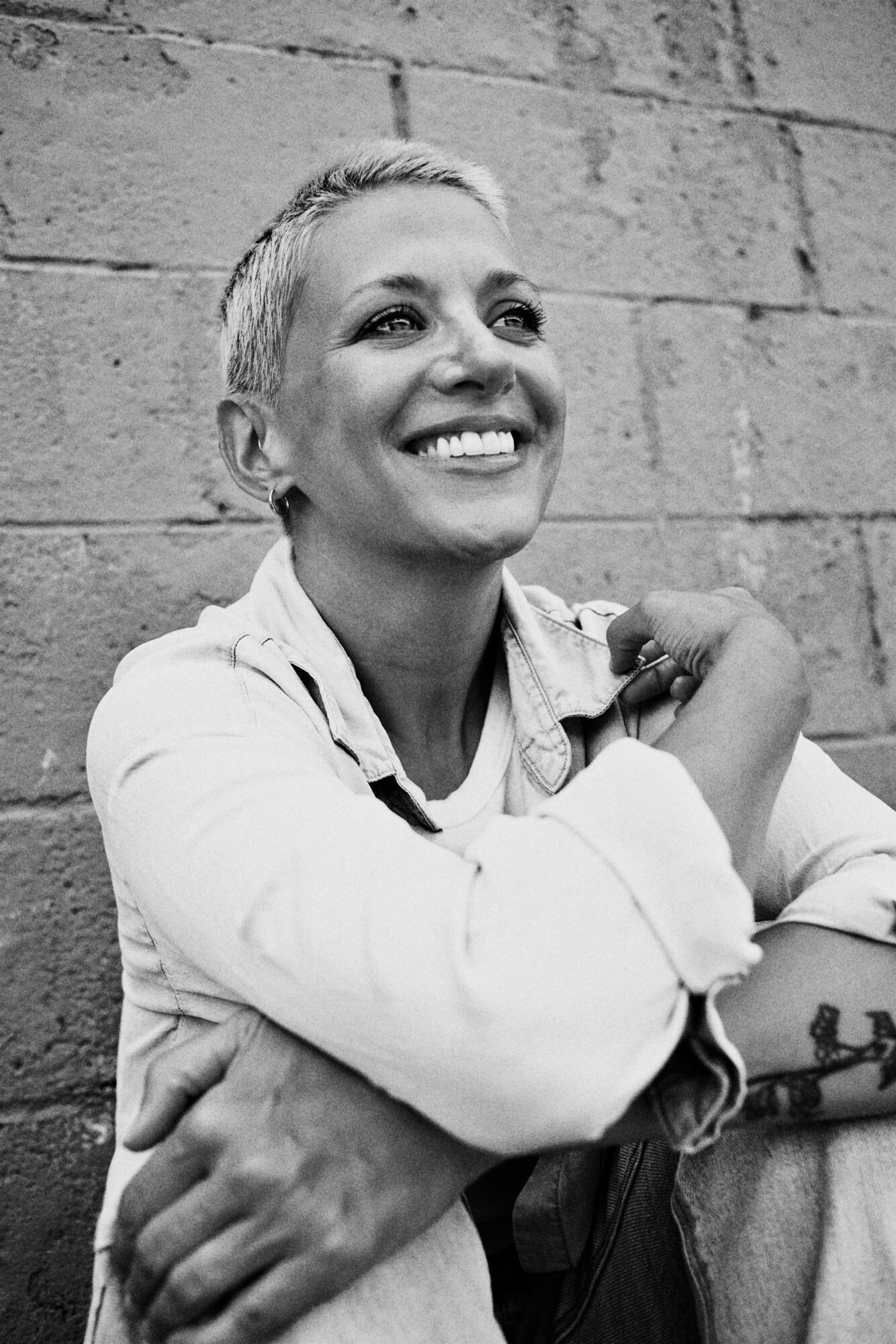
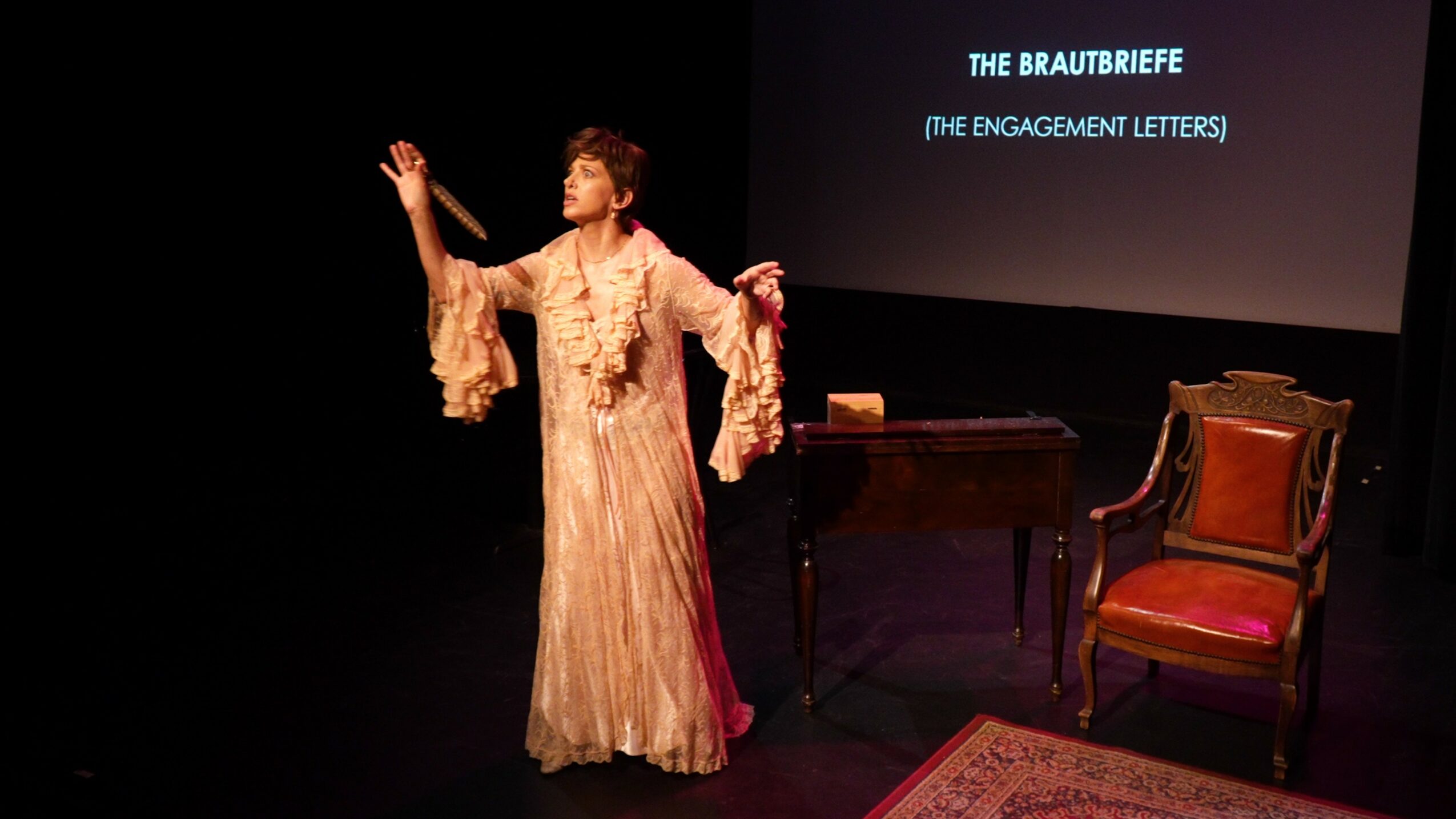
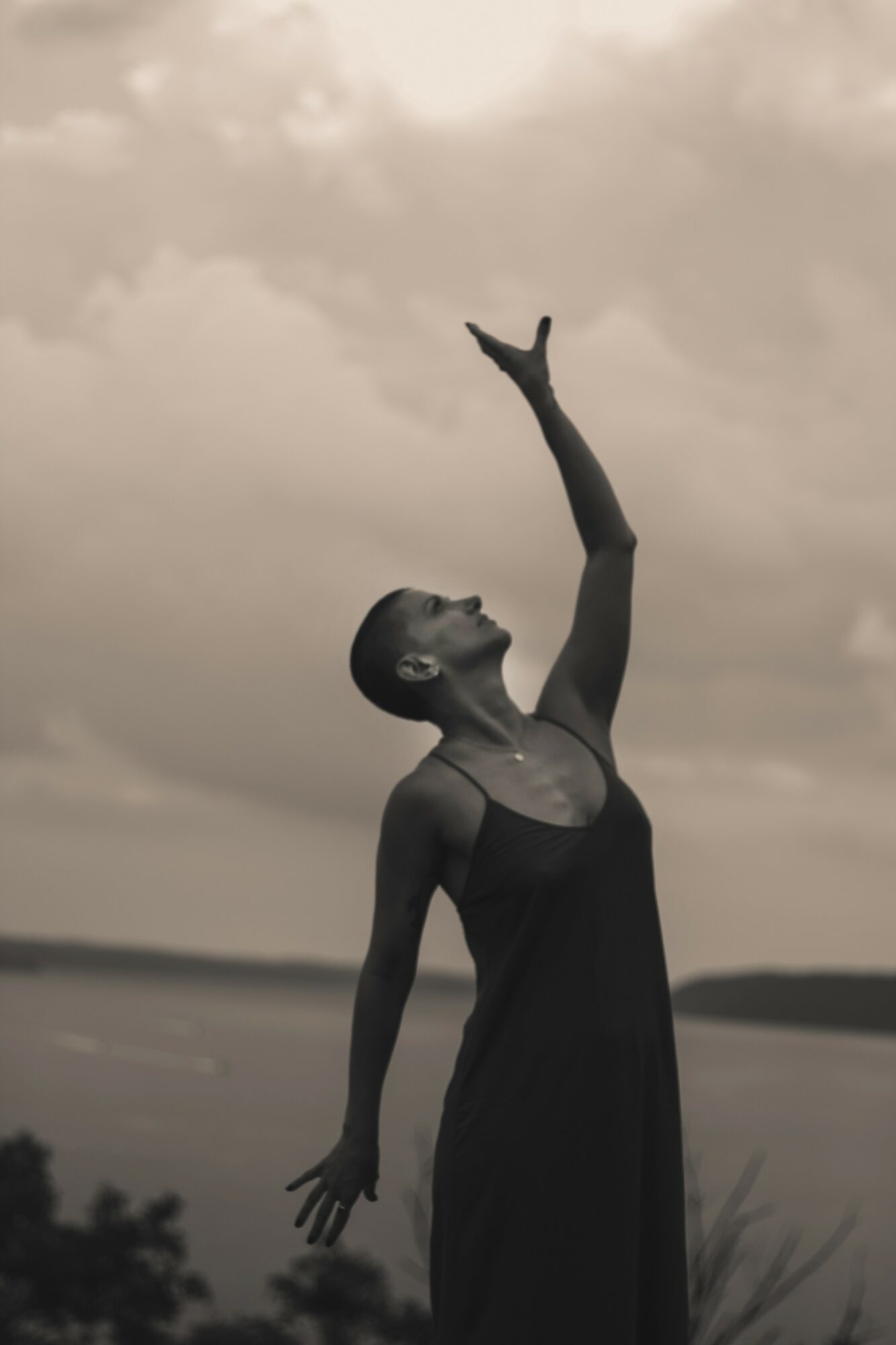
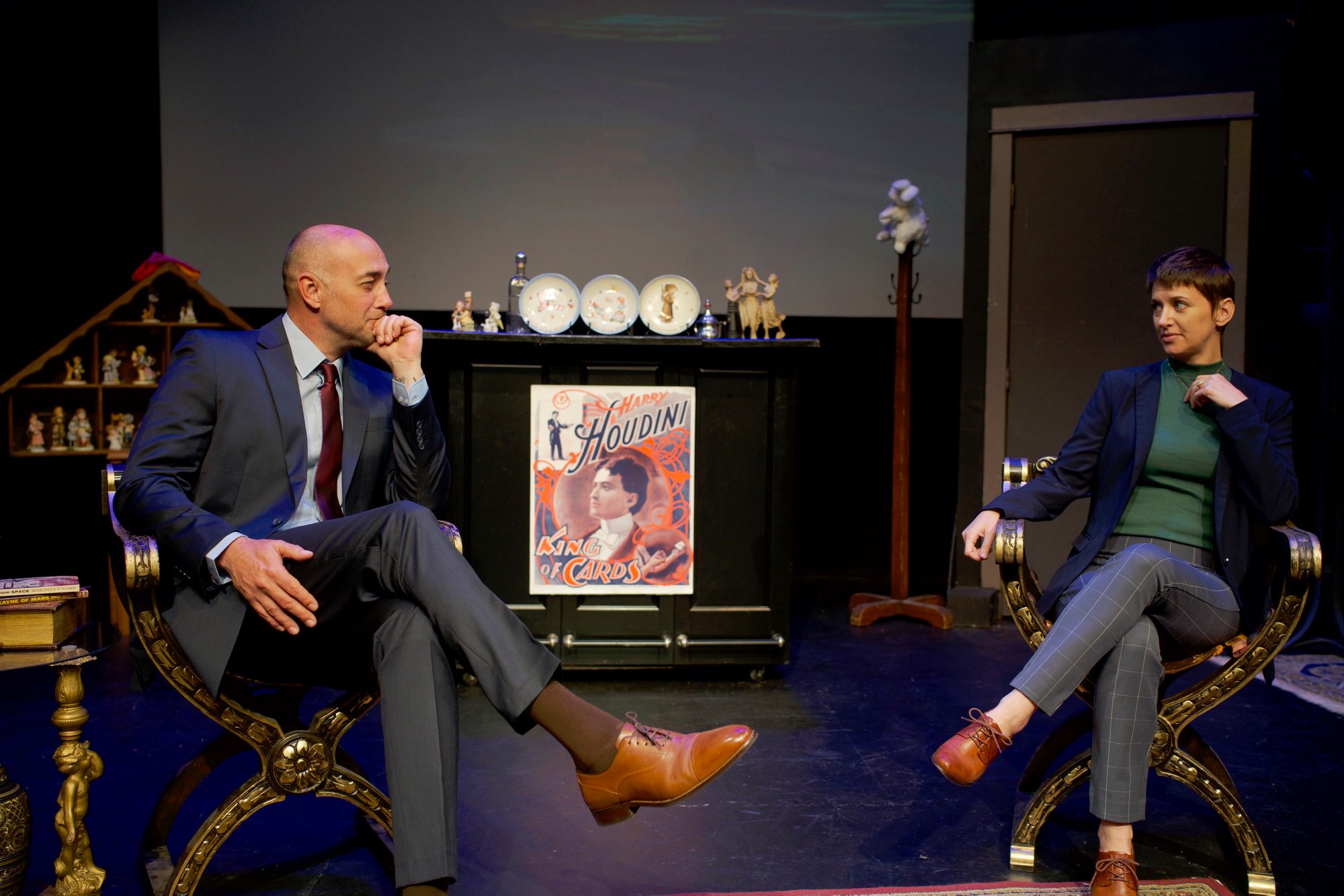
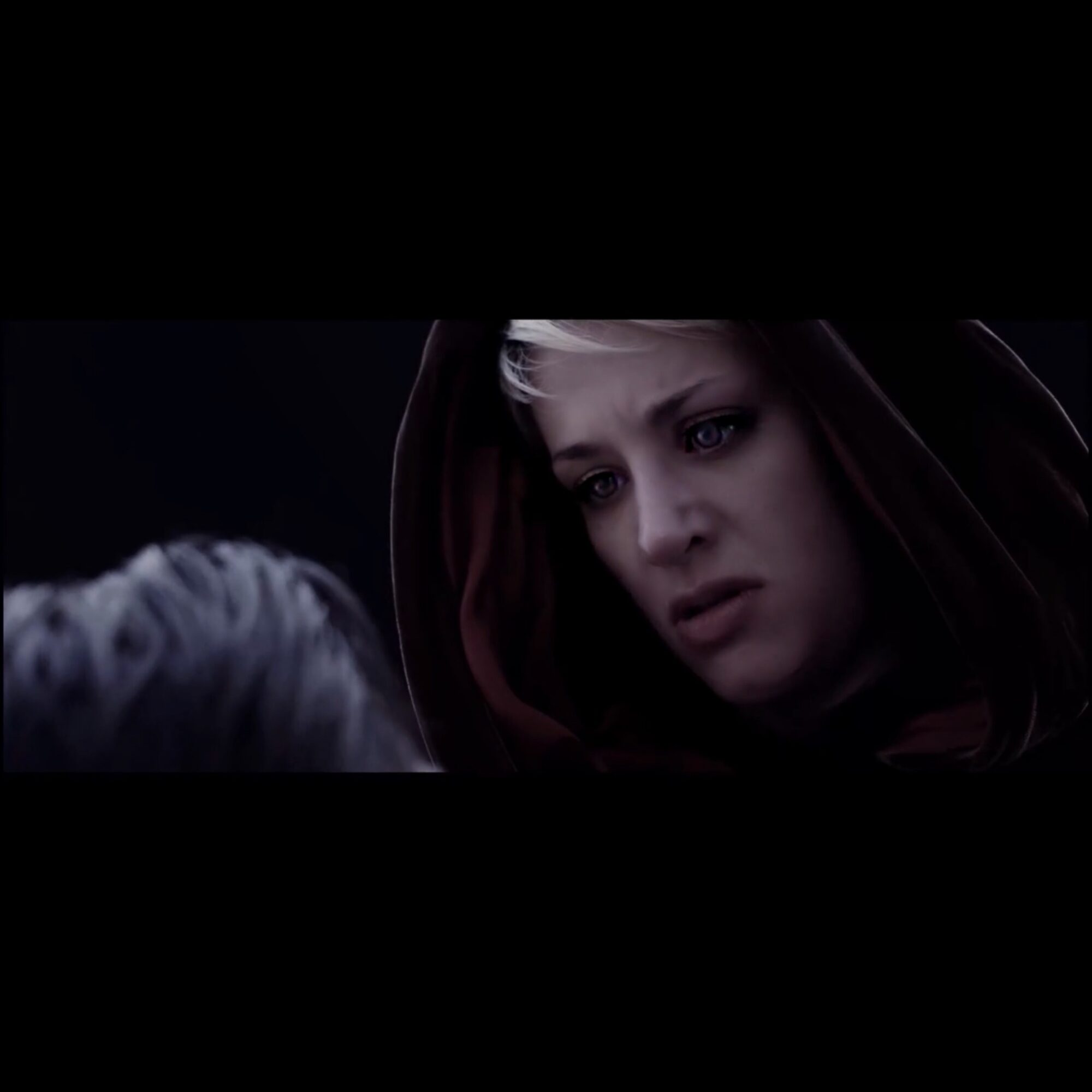
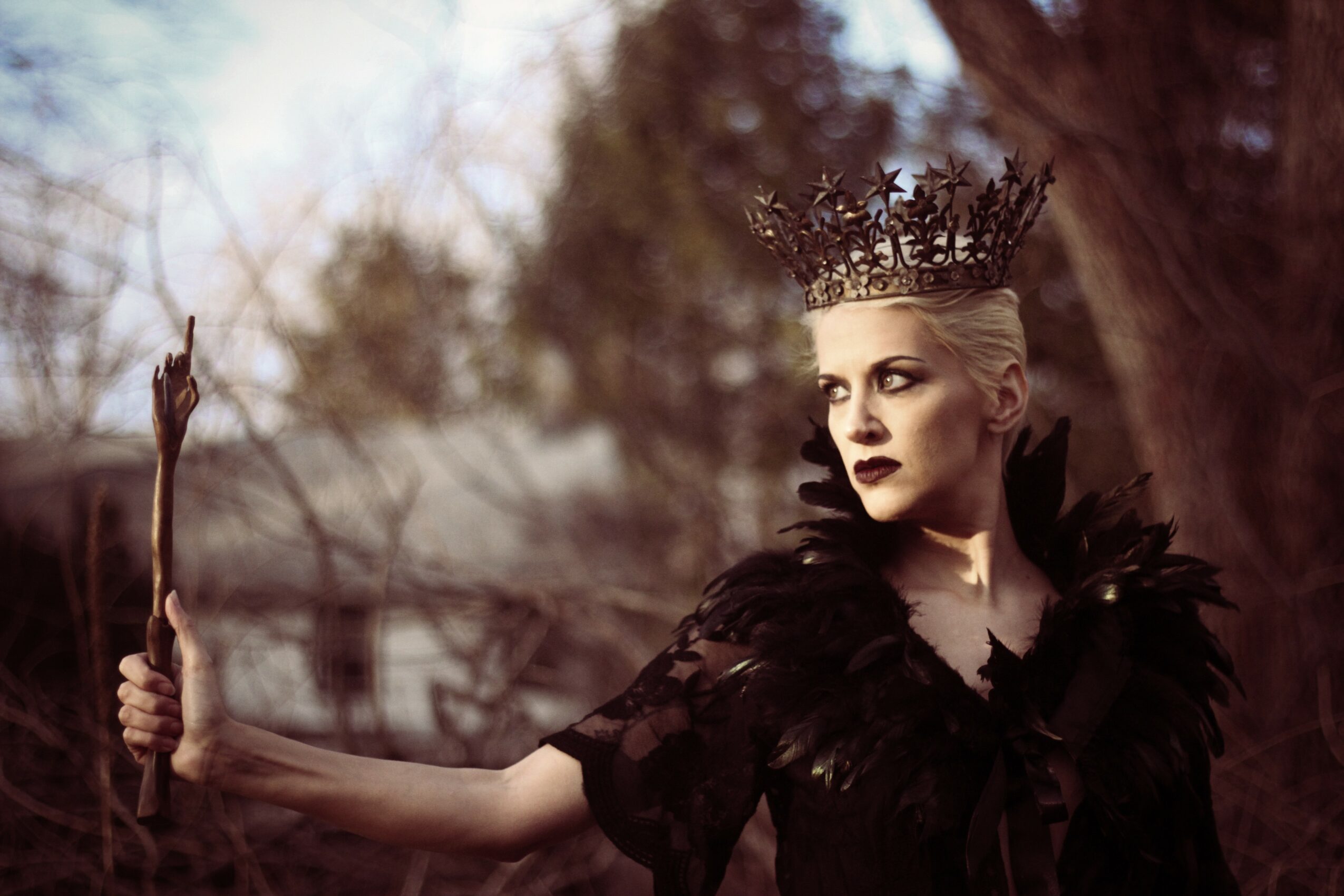
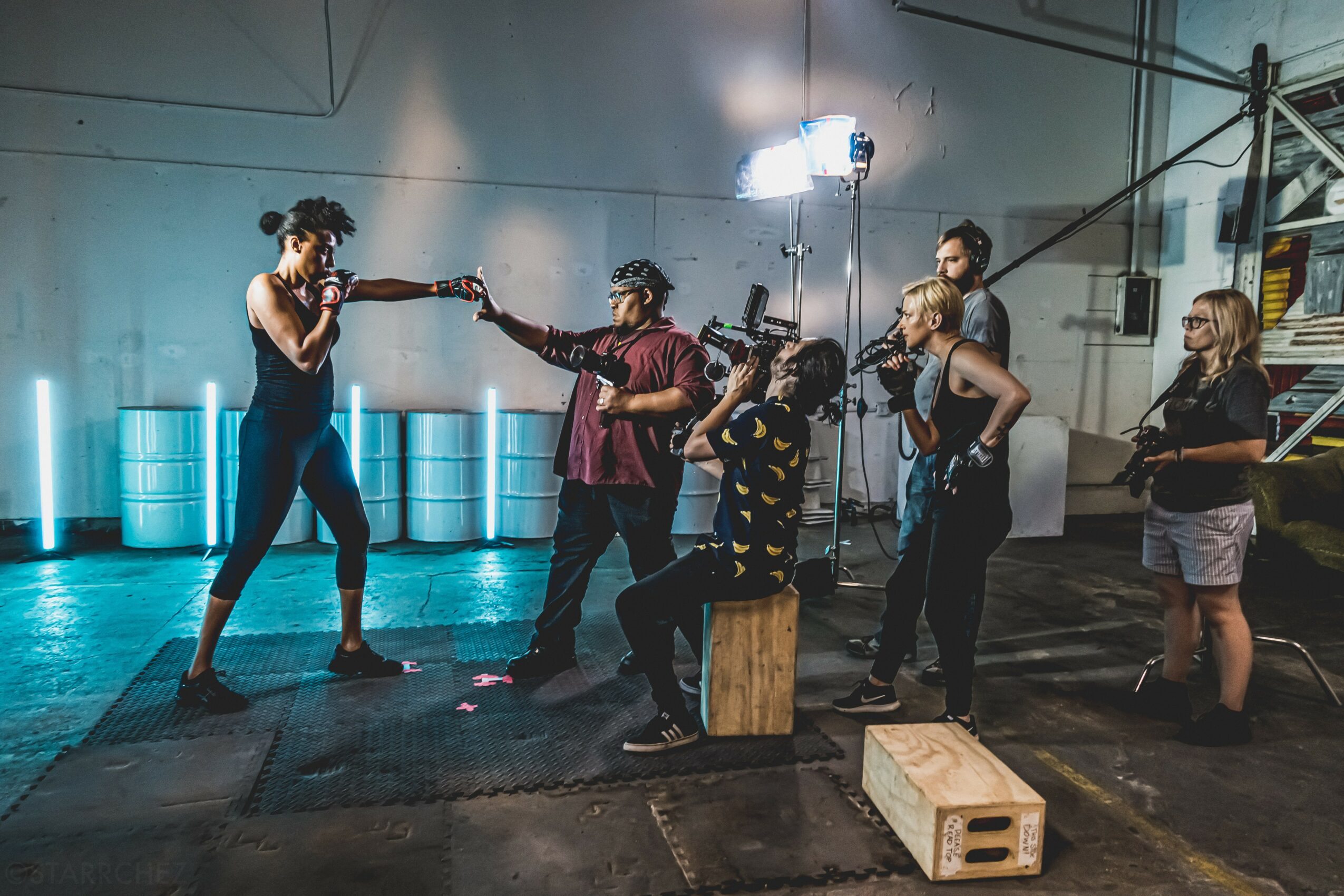
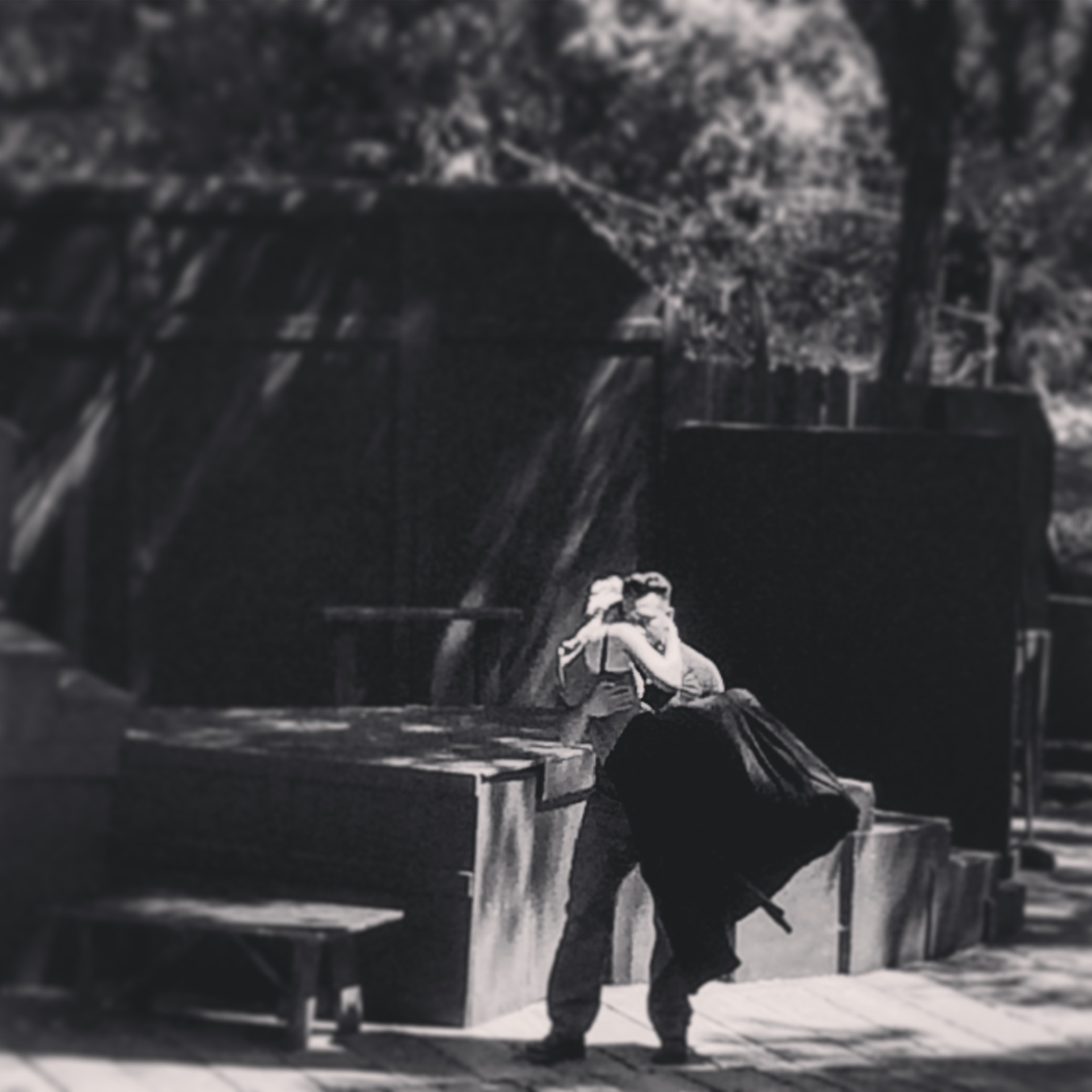
Image Credits
Greg Payton, Starr Cannon, David Muller

